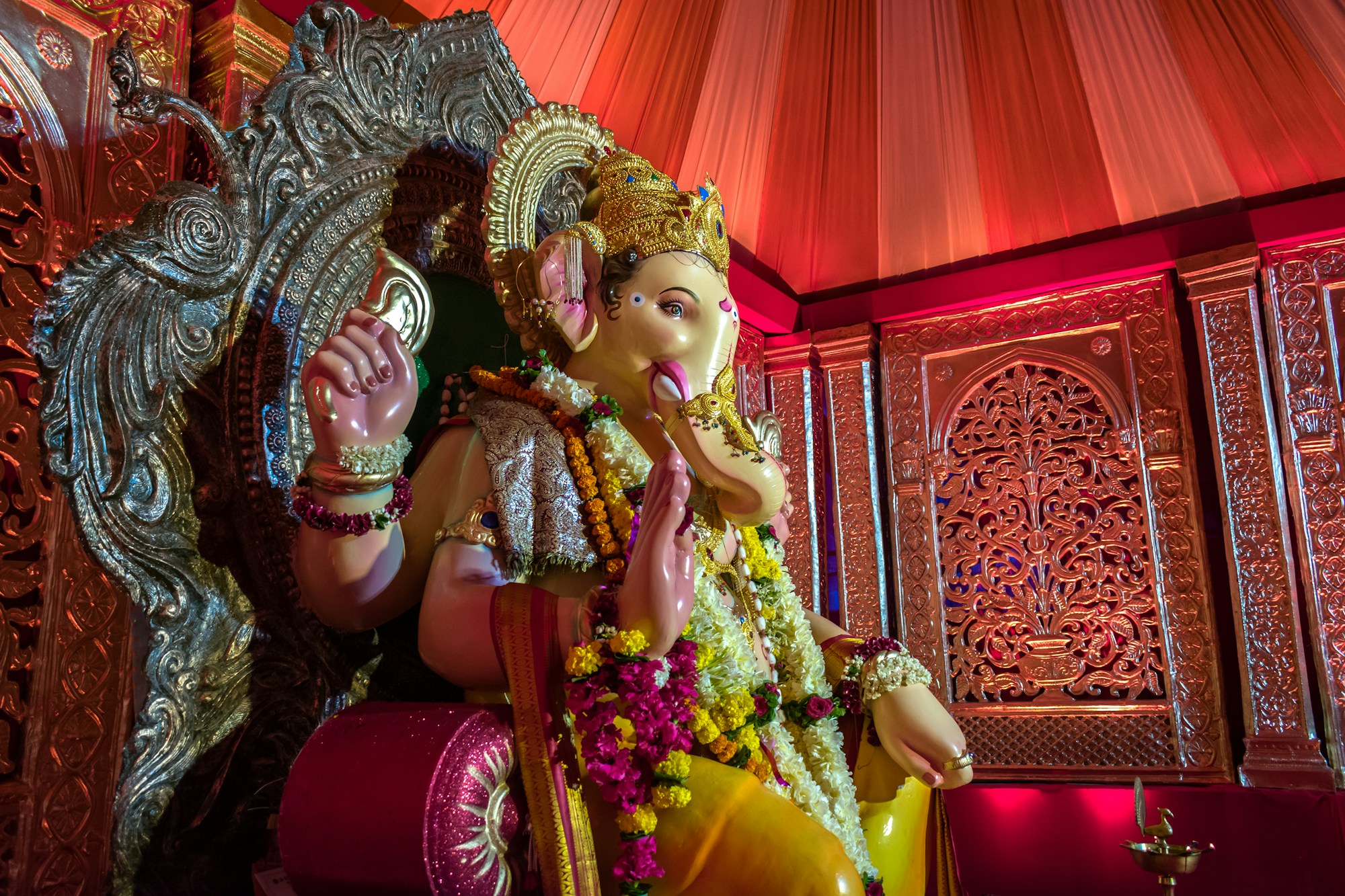Cetho Temple: Local Culture and Traditions Guide
Explore the rich cultural heritage of Cetho Temple - a guide to local traditions and customs.

Exploring the Cetho Temple: A Journey into Local Culture and Traditions
Welcome to the enchanting Cetho Temple, nestled amidst the lush landscapes of Central Java, Indonesia. This ancient temple complex is a hidden gem that offers visitors a unique insight into the rich cultural heritage of the region.
Historical Context
The Cetho Temple dates back to the 15th century, during the Majapahit Kingdom's rule in Java. This sacred site was built as a place of worship and meditation by the Hindu-Buddhist community, reflecting the architectural and artistic styles of that era. The temple's design, adorned with intricate carvings and statues, showcases the skill and creativity of the craftsmen of the time.
Cultural Practices
Visitors to the Cetho Temple are encouraged to show respect for the local traditions and customs. It is customary to wear modest clothing out of respect for the sacredness of the site. Remember to remove your shoes before entering the temple grounds and maintain a quiet and contemplative demeanor during your visit.
Festivals and Celebrations
One of the most vibrant times to visit the Cetho Temple is during special festivals and celebrations. The temple comes alive with colorful decorations, traditional music, and dance performances that showcase the vibrant cultural heritage of the local community. Be sure to check the festival calendar before planning your trip to experience these joyful gatherings.
Local Anecdotes and Interesting Facts
- Legend has it that the Cetho Temple was built on the spot where a sacred image of the Hindu god Shiva was discovered.
- The temple complex is located on the slopes of Mount Lawu, offering breathtaking views of the surrounding countryside.
- The intricate stone carvings at Cetho Temple depict scenes from Hindu and Buddhist mythology, providing a glimpse into the religious beliefs of the past.
Getting There
The Cetho Temple is located in the Karanganyar regency of Central Java, approximately 1.5 hours drive from Solo City. Visitors can hire a car or join a guided tour to reach the temple grounds. The journey to the temple itself is a scenic adventure, with winding roads that offer glimpses of rural life in Java.
